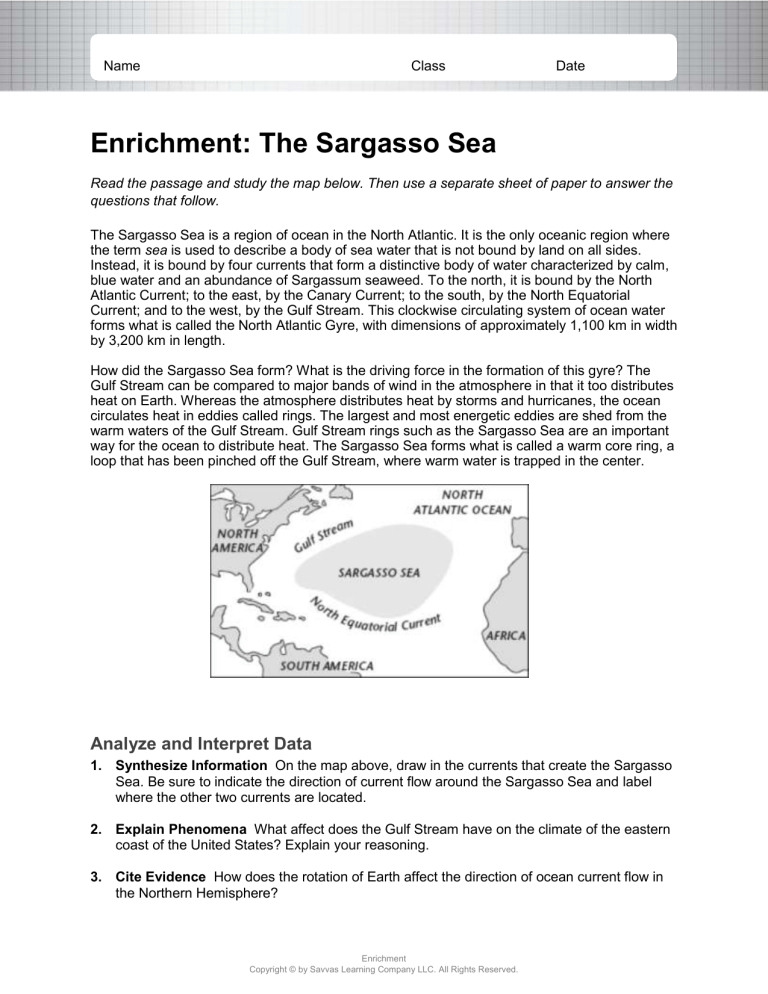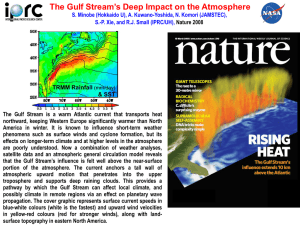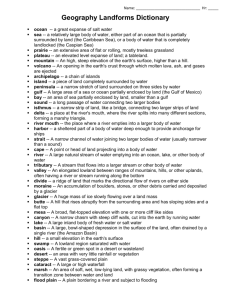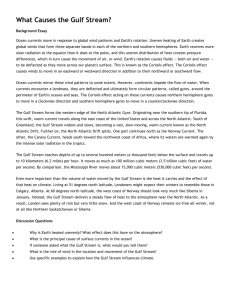
Name Class Date Enrichment: The Sargasso Sea Read the passage and study the map below. Then use a separate sheet of paper to answer the questions that follow. The Sargasso Sea is a region of ocean in the North Atlantic. It is the only oceanic region where the term sea is used to describe a body of sea water that is not bound by land on all sides. Instead, it is bound by four currents that form a distinctive body of water characterized by calm, blue water and an abundance of Sargassum seaweed. To the north, it is bound by the North Atlantic Current; to the east, by the Canary Current; to the south, by the North Equatorial Current; and to the west, by the Gulf Stream. This clockwise circulating system of ocean water forms what is called the North Atlantic Gyre, with dimensions of approximately 1,100 km in width by 3,200 km in length. How did the Sargasso Sea form? What is the driving force in the formation of this gyre? The Gulf Stream can be compared to major bands of wind in the atmosphere in that it too distributes heat on Earth. Whereas the atmosphere distributes heat by storms and hurricanes, the ocean circulates heat in eddies called rings. The largest and most energetic eddies are shed from the warm waters of the Gulf Stream. Gulf Stream rings such as the Sargasso Sea are an important way for the ocean to distribute heat. The Sargasso Sea forms what is called a warm core ring, a loop that has been pinched off the Gulf Stream, where warm water is trapped in the center. Analyze and Interpret Data 1. Synthesize Information On the map above, draw in the currents that create the Sargasso Sea. Be sure to indicate the direction of current flow around the Sargasso Sea and label where the other two currents are located. 2. Explain Phenomena What affect does the Gulf Stream have on the climate of the eastern coast of the United States? Explain your reasoning. 3. Cite Evidence How does the rotation of Earth affect the direction of ocean current flow in the Northern Hemisphere? Enrichment Copyright © by Savvas Learning Company LLC. All Rights Reserved.




